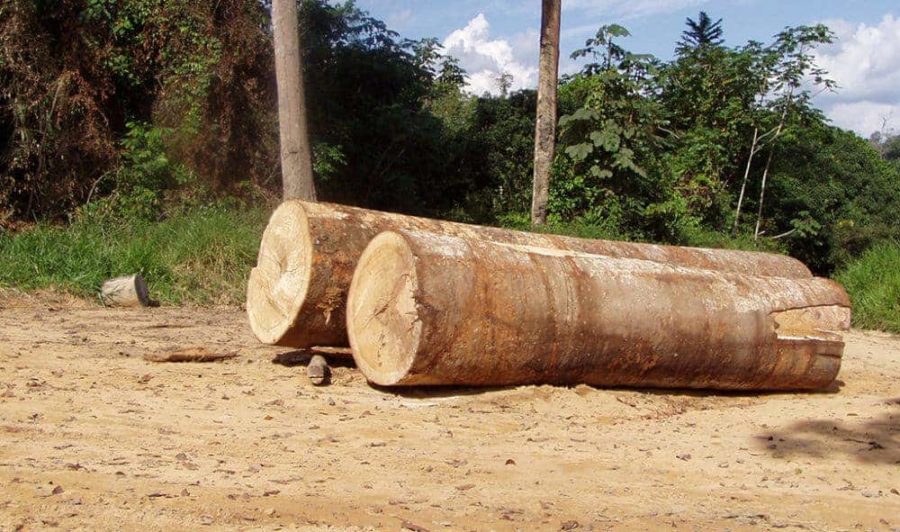El Nino, a climate cycle influenced by a mass of warm water in the equatorial Pacific Ocean, dramatically changes weather patterns every few years. But according to new study published in PLOS ONE, major forest loss and die-offs can have similar far-flung impacts on climate and vegetation.
The effects of deforestation, drought, heat and beetle infestations are not only impacting local landscapes, but also affecting weather patterns and the health of vegetation in faraway regions.
“It’s cause for concern that we don’t understand these mechanisms better, and this study takes a significant bite out of that problem,” said Scott Stark, MSU forestry assistant professor and study co-author. “Now, we have demonstrated the likely scope of the problem. It is critical to understand how forested regions are connected to each other by the atmosphere.”
Stark was part of an interdisciplinary team led by the University of Washington that designed a large-scale modeling experiment simulating how changes in vegetation and the atmosphere were connected. The study focused on a drastic forest-loss scenario and illustrated the most-extreme potential climate effects. The model covered two areas that are currently losing trees: western North America and the Amazon rainforest.
The results showed that tree loss in western North America caused cooling and slow forest growth in Siberia. That same tree loss made the air drier in the southeastern U.S., harming forests in regions like the Carolinas. Forests in South America benefited from the tree loss, however, with areas south of the equator becoming cooler and wetter.
In the second simulation, removing most of the Amazon rainforest also caused Siberia to become colder and more barren. However, it had a slight positive effect on forest growth in the southeastern U.S. Forest loss in the Amazon also significantly affected neighboring forests in eastern South America – mostly by increasing the precipitation there during the Southern Hemisphere summer.
“When trees die in one place, it can be good or bad for plants elsewhere, because it causes changes in one place that can ricochet to shift climate in another place,” said Elizabeth Garcia, a University of Washington atmospheric scientist and the paper’s lead author, in an interview with the National Science Foundation.
If our reporting has informed or inspired you, please consider making a donation. Every contribution, no matter the size, empowers us to continue delivering accurate, engaging, and trustworthy science and medical news. Independent journalism requires time, effort, and resources—your support ensures we can keep uncovering the stories that matter most to you.
Join us in making knowledge accessible and impactful. Thank you for standing with us!

